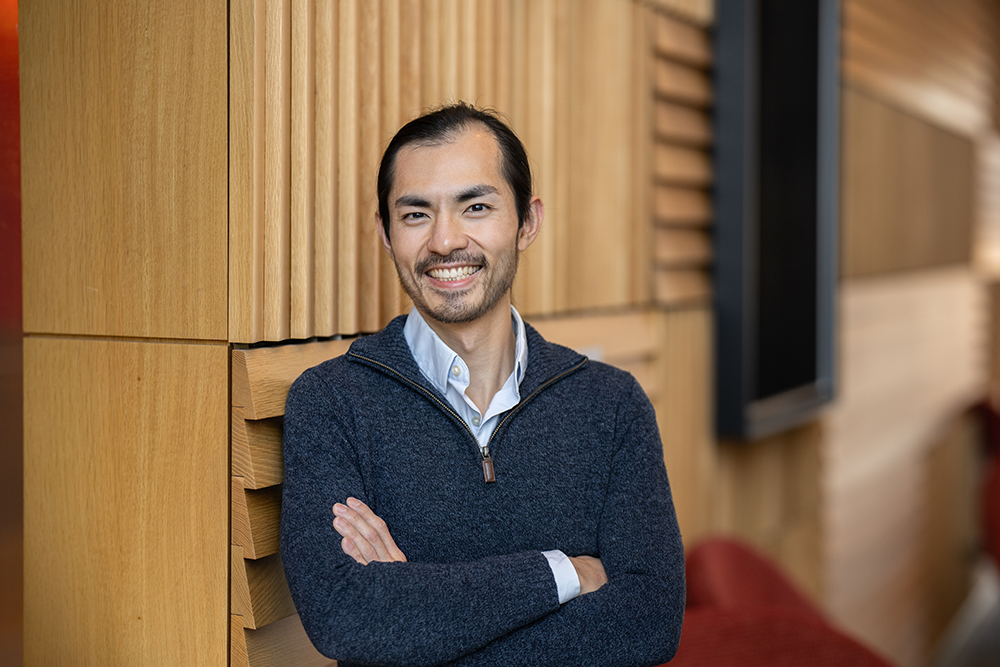
For the first time, scientists have managed to capture the exact moment an animal makes a decision and commits to a choice, simply by observing brain activity. This groundbreaking study, led by researchers at Princeton University, utilized artificial intelligence to trace the decision-making process in the frontal cortex of rats. The researchers identified the precise instant when the brain “committed” to a choice and began disregarding new information.
The implications of understanding this commitment process are vast, potentially enhancing the study of attention, impulsivity, and decision-making in both healthy individuals and those with disorders such as ADHD or schizophrenia. “We’ve discovered a biomarker of the precise moment when a decision is finalized, and the deliberation ends,” said Thomas Luo, co-first author and incoming assistant professor at the University of Utah, who conducted this research during his postdoctoral tenure at the Princeton Neuroscience Institute. “We’re now able to pinpoint the exact moment when an animal makes up its mind and commits to a decision because we now have more accurate mathematical models of how neurons work together.”
The findings were published on September 17, 2025, in the journal Nature.
A Click Decision: Understanding the Process
Decision-making is a universal challenge, whether it’s choosing the fastest grocery lane or, in the case of rats, determining where a tasty cricket might be hiding. In the laboratory of Carlos Brody, professor of neuroscience at the Princeton Neuroscience Institute, thirsty rats were trained to perform simple auditory arithmetic. By correctly identifying which of two speakers emitted more clicks within a fraction of a second, the rats earned a sip of water.
During these exercises, researchers monitored the activity of hundreds of brain cells in the frontal cortex, a critical area for decision-making. This setup allowed them to observe the decision-making process in real-time.
Math Illuminates When Choices Are Made
To analyze the vast dataset of brain activity, Luo and Timothy Kim, co-first author and Brody lab graduate student alumnus, developed a new AI-based tool. This tool was designed to sift through the data without any predetermined instructions, allowing for an unbiased detection of the most salient patterns.
The analysis revealed that a rat’s brain transitions through two distinct phases during decision-making. Initially, it processes sensory information from the environment, such as the clicks from the speakers. Then, at a certain point, the brain shifts gears, acting independently as if it has locked in a choice and stopped attending to new input. This second phase represents the moment the rat “commits” to a decision. Interestingly, this “moment of commitment” varied across trials, indicating that decisions depend on both external stimuli and the brain’s internal processing.
Collaboration Charts a Path for the Future
These discoveries were made possible through collaboration between scientists with complementary expertise. Luo’s background in electrophysiological tools enabled the recording of thousands of neurons across multiple brain regions simultaneously as the rats performed cognitive tasks.
“Without the large-scale neural recordings collected by Thomas, we would not have been able to make these findings,” Kim remarked. “That dataset allowed me to develop a deep learning method that discovered a distinct shift in neural representation before and after the animal makes up its mind.”
Together, Kim and Luo have paved the way for studying decision-making processes not just in rats but potentially in humans as well. “If we can understand the mathematical rules that describe how neurons work together, we may begin to see how those rules break down in mental illnesses that affect many different parts of the brain,” Luo explained.
The research holds promise for improving the diagnosis and treatment of conditions like ADHD, schizophrenia, or Alzheimer’s. In the long term, it may even inspire the development of smarter AI systems that make decisions more like the human brain—fast, flexible, and responsive to changing information.
This work was supported by grants from the United States National Institute of Health and the Simons Foundation.
CITATION: “Transitions in dynamical regime and neural mode during perceptual decisions,” Thomas Zhihao Luo, Timothy Doyeon Kim, Diksha Gupta, Adrian G. Bondy, Charles D. Kopec, Verity A. Elliott, Brian DePasquale, Carlos D. Brody. Nature, Sept. 17, 2025. https://doi.org/10.1038/s41586-025-09528-4







